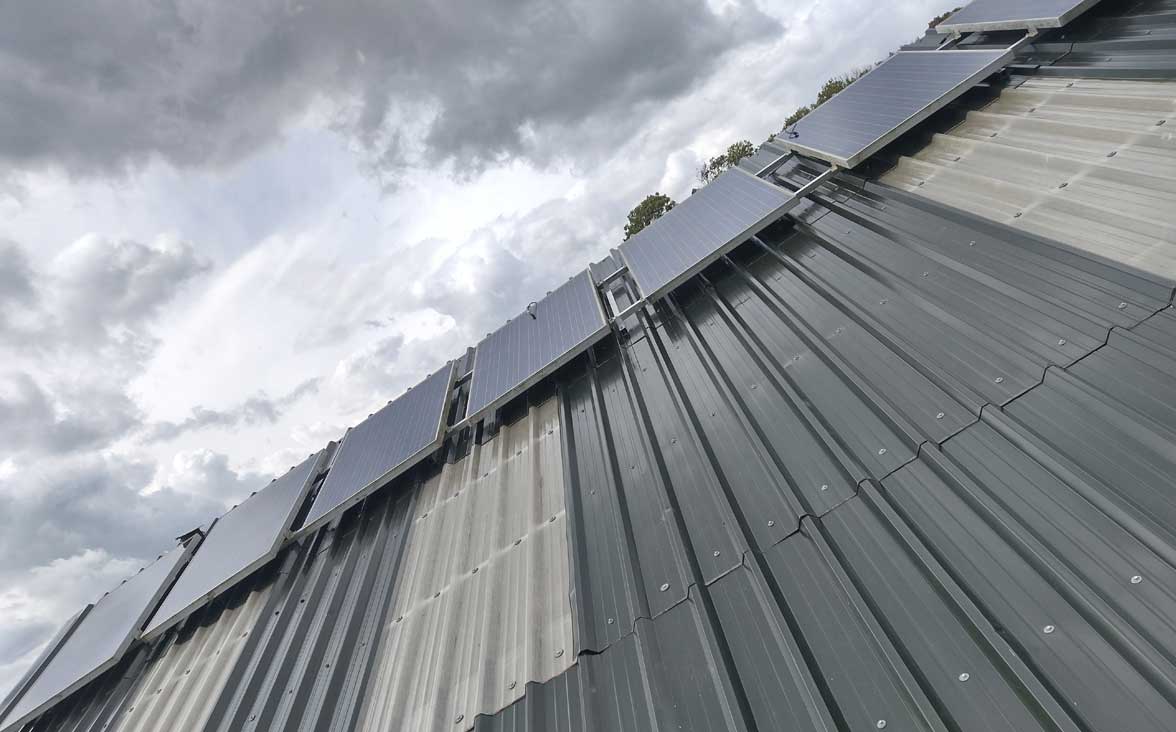For most homes the panels are mounted in a fixed position and we have made posts on the subject for solar tilt and angles as well as seasonal adjustments.
This video should give you an idea of the suns position over the year.
As you can see from the video, the upper line (spring) is a steady flow across the sky, and then we hit the peak, (the loop), then following this there is a more steep decline in the height of the sun.
Taking into account the dates, you will notice the rise in the sun at late February early March,
Now forward to the peak which is mid May,
by August we are heading down and four weeks later the position is below that of April.
By October the sun is below that of February.
The height of the sun effects the photons angle that they hit the panels. and importantly how they perform. We can see from the video, and as we use 275 solar days of the year to do our math calculations of solar performance. That is Feb to Oct, were as winter is 90 days where the sun is down low.

How can I make solar better in winter?
Solar panels work best if they are within the 30 degree range of the sun.
For roof mounted solar panels, there is not much you can do after the fact, but per installation, you may want to raise the angle of the panels so they are tilted downwards ( stood upright more). but in the winter this may cause shading on the bottom of the panels which is above. this would not be good.
Most people opt for a vertical panel installation on a fence of wall. This creates a winter array, and can make 50% performance difference over a summer array. You have to take into account that the sun is “on show” for a more limited duration and the cost and power should be taken into account for the short period of winter (90 days).
For ground mounted solar arrays, you would need to stand up the panels, face them south, the adjustment would be around 30-45 degrees from the summer alignments.
Chasing solar power for winter in the UK is not a easy task and I would not recommend doing so to a degree that would support a home. The reason being is that the time frame is small to attempt to yield the solar power, this would require a vast array and very high currents.
Here is some math, if your solar array has 0.5 amps of current, your home use is 17kwh,
Hourly yield required would be 8.5kw and require a 18,000v solar array, that’s around 562 solar panels.
You can see how pointless this would be and why a genset (generator) is a far more practical solution.
If you were to look at a 5kw gen, for 3 hours run time, you should meet your needs.

One response
[…] have wrote a number of guides on how to position the solar panels. If you are out all day, then shift the panels to the west rather than south which will give you a […]